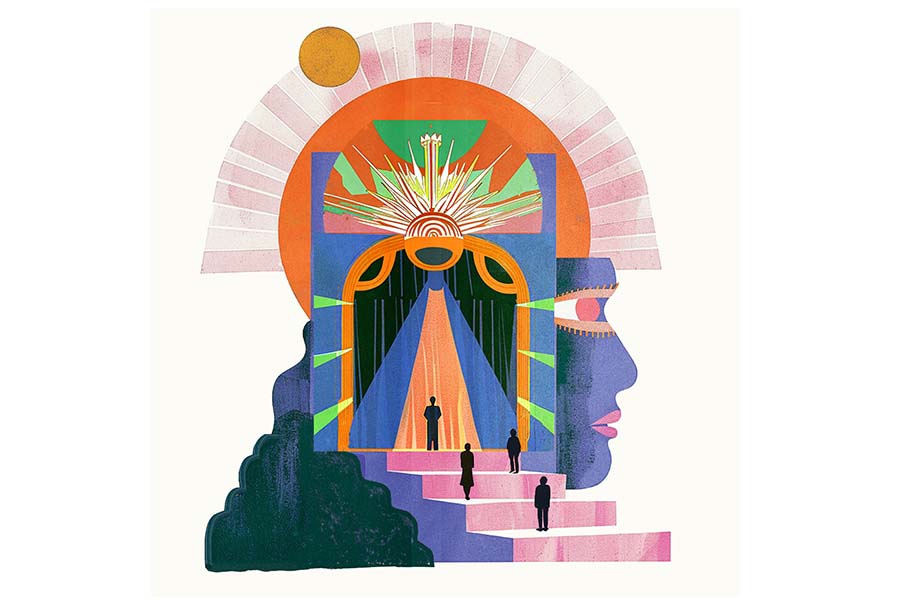What I found in my research was that my students want to be in conversation with other artists and art forms. The thought of the conservatory being a place where we conserve the way things have always been done is gone and we need a new hypothesis on how to move forward. Hence, we are embarking on some ambitious plans. Not everyone is on board. Change always has its detractors with a palpable fear of change. I do not dismiss their fears, but I come from a place of “yes, and” as opposed to “no, but.” Change says yes to the ideas that live on the fringes of the mainstream but have the potential to solve the issues of our field (more 10-minute play festivals, anyone?).
I am curious, along with many of the students, faculty, and staff in the building, about all the potential applications of the skill sets they are learning. How can we use art to be in and of community with those around us? Where can we make something new for us out of the theatre of the past? Some of these plans won’t feel revolutionary to some of you, but as an organization that is about to celebrate its 100-year anniversary in 2025, these partnerships are huge steps in our evolution.
So, we are moving into the experimentation phase. We are partnering with other arts organizations at DePaul and within Chicago to figure out what it means to be in conversation with another art form as a conservatory. For example, in February, four of our students participated in Christian McBride’s The Movement Revisited at the Chicago Symphony as the four speakers in the performance who represent great figures of the Civil Rights Movement. Those students had the opportunity to learn about performing with an orchestra and how their processes around technical rehearsals are different from those of the theatre. We also devised a piece that opened in May as a response to an exhibition by Selva Aparicio at the DePaul Art Museum and will run in the museum alongside the exhibit. Creating something of this scale in an art museum is an example of the kind of change we desperately need. At this moment of crisis for all of the arts, we are stronger in our art-making community and can survive the weather of poor funding and general scarcity when we collaborate with others.
As we define the future, I see the conservatory encouraging other art forms, such as film, digital art, dance and more, to join us and incorporate the best of what they have discovered in their own processes, and apply that to our work. This is a place where, for example, short-form content becomes the “yes, and,” Also, I see it is the place where we can fail miserably, pick ourselves up, and start again. This process will provide measurable outcomes we can analyze, and help us draw stronger conclusions about what works and doesn’t work and share that with the community. With this method, partnerships between artistic units within a university (or across universities) can become the genesis for works that then can go on to producing houses and have a future artistic life (and, hopefully, create pathways for the students who worked on them to get a professional artistic credit).
The future of theatre lies in our ability to be flexible, to bring us back to being in community with one another, to help future generations learn how to process the world around them through art, and to, as Hamlet says to the players, hold a mirror up to nature.
Martine Kei Green Rogers, PhD (she/her) is the dean of the Theatre School at DePaul University.


